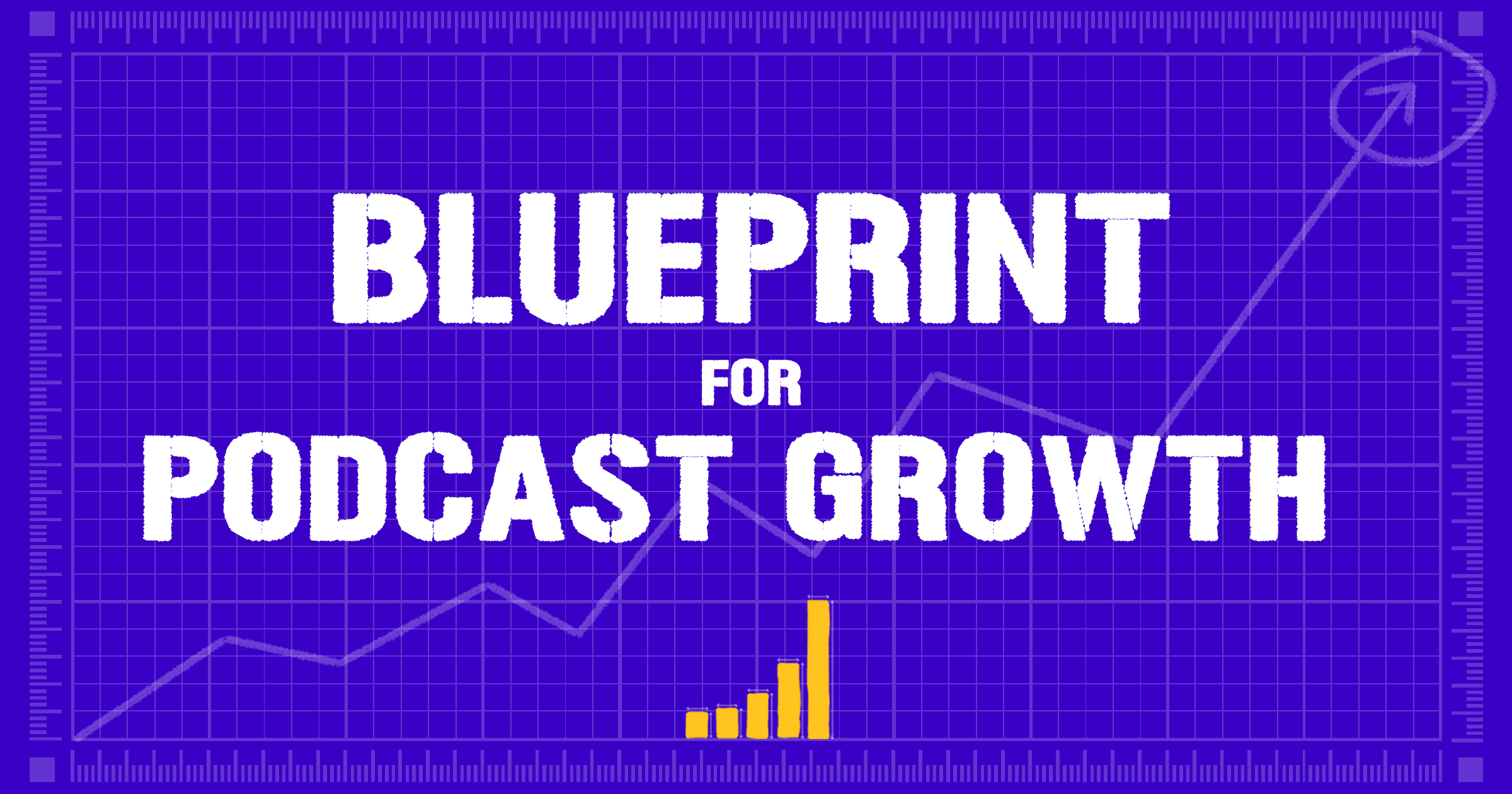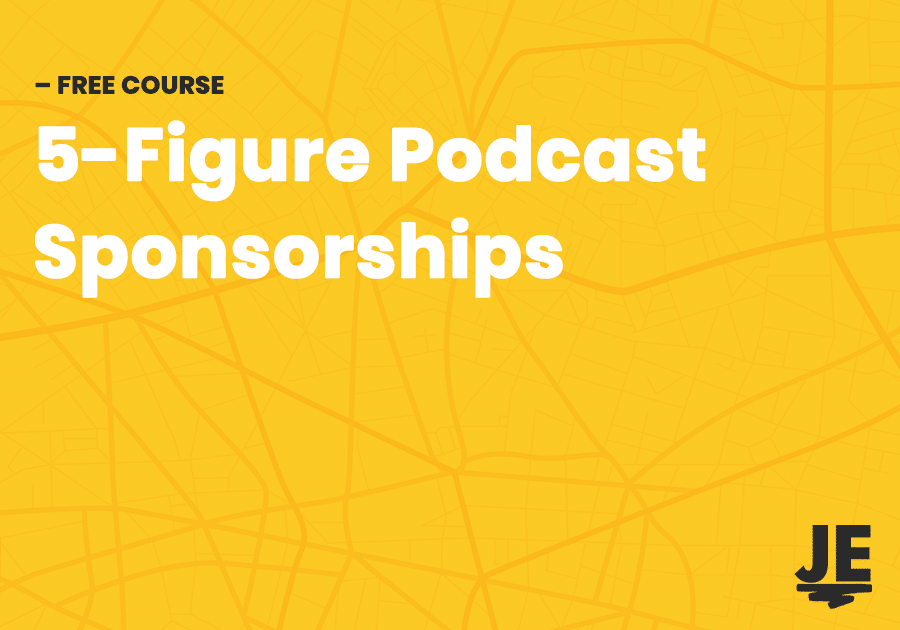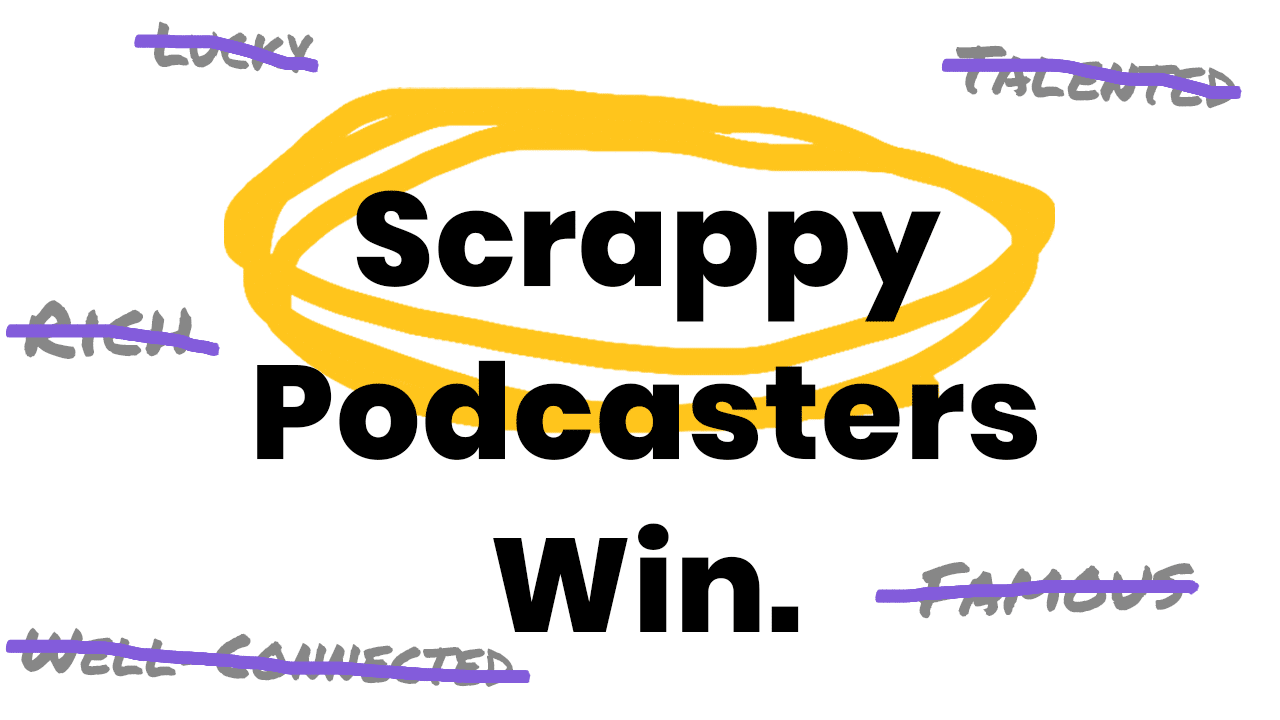Let’s be honest, numbers are sexy.
Ok, maybe not sexy sexy, but for people like us who create things in the hope that people will engage with, and maybe even buy them, it’s easy to get seduced into measuring the reception, impact, and success of your work by easy to measure metrics.
Checking in on your page views gets your pulse racing, your latest podcast episode’s download total has your pupils dilating, and a spike in your social following has you unbuttoning your shirt, begging for more.
Before you jump in and do something you might regret tomorrow morning, however, maybe it’s best to stop and ask yourself whether these are the metrics you should be using to assess the effectiveness of your podcast and your marketing as a whole.
Addressing Your Assumptions
Let’s be clear, the metrics listed above, downloads, views, followers, plus others like Google page ranking and so on are valuable in assessing your marketing efforts.
But they’re only half the equation.
These metrics are measures of attention, of how many people you’re getting your work in front of.
But judging the effectiveness of your marketing by only measuring our visibility isn’t all that useful, and goals centered around increasing those numbers simply for the sake of increasing those numbers are an utter waste of time.
Massive attention without any further action by your audience won’t do you a whole lot of good.
Instead, you need to take into account some other factors as well, some of which aren’t quite so easy to measure. Specifically, the metrics you need to be tracking revolve around engagement.
Tracking Engagement
What constitutes engagement will vary from podcast to podcast and business to business, but some more easily measurable examples include email opt-ins and open rates, comments, reviews, ratings, shares, and of course, sales.
In each of these examples, your work has clearly had some level of impact on the person who is engaging with it that has prompted them to do more than simply listen to or download it.
Ultimately, this should be the goal of your marketing, that upon interacting with it, a person is compelled to engage further, to take the next step in their relationship with you.
Remember, real marketing is nothing more than developing a relationship with the members of your audience through a protracted conversation. You express a thought, they respond, and the cycle repeats, your relationship deepening with each exchange.
If the goal of your marketing is building a relationship, then clearly the metrics you keep track of should be designed to track the progress of that relationship.
There are certainly quantitative, trackable metrics like the ones listed above that you can use to do this, but the most important indicators of whether your work is resonating with your audience are often harder to put a number to.
Measuring Audience Sentiment
A couple of years ago, Ryan Koral, host of Studio Sherpas, one of the podcasts we produce at Counterweight Creative read out an email that he’d received from one of the listeners of the show.
In the heartfelt email, the listener — a husband, dad, and freelance videographer — opened up and shared how for the past few years, he had been struggling with a drug addiction that was increasingly disrupting his life.
One of the recent episodes of the podcast, however, had struck a chord with him, given him a shake, and caused him to reassess what he was doing with his life, where his priorities lay, and prompted him to seek out help in turning things around for himself.
By the end of reading the letter, Ryan, along with I’m guessing most everyone listening (including myself) was in tears.
Keep in mind that this is a podcast about growing and running a better video business, not a show about personal development or self-help, let alone dealing with substance abuse.
While perhaps an extreme example, interactions like these are the clearest indicators that our shows and our work are creating an impact in the lives of the people we’re looking to serve.
How often does your audience reach out to thank you for the work you do? When people join your audience were they referred by someone else? What do the testimonials you get back say about you and your work? If you miss your weekly podcast publish date do people message you asking when it will be up?
It’s these qualitative interactions that you should be putting your focus on increasing.
Attention + Engagement = Winning
While engagement may be the best measure of your relationship with your listeners, attention metrics are still useful.
By tracking both, you’re able to get a sense of how well your particular marketing campaigns or conversations prompts are resonating with specific segments of your audience.
The goal, ultimately, is to find what messaging, prompts and invitations convert to engagement with a small, specific audience, and then retain that level of engagement as you gain more attention.
Unless you have an astronomically priced offer you’re using your show to promote, high engagement from just one person won’t do much for you. Likewise, a million listeners with no engagement isn’t the answer either.
In the end it’s up to you to find the balance of attention and engagement that allows you to best serve your audience and create your best work.
- Why Wouldn’t They Just Google It? - March 14, 2021
- Before You Can Market Your Podcast, You Need To Create A Marketable Podcast - March 11, 2021
- Podcast Promotion & Marketing Are Different (Here’s How to Use Each Effectively) - March 10, 2021




